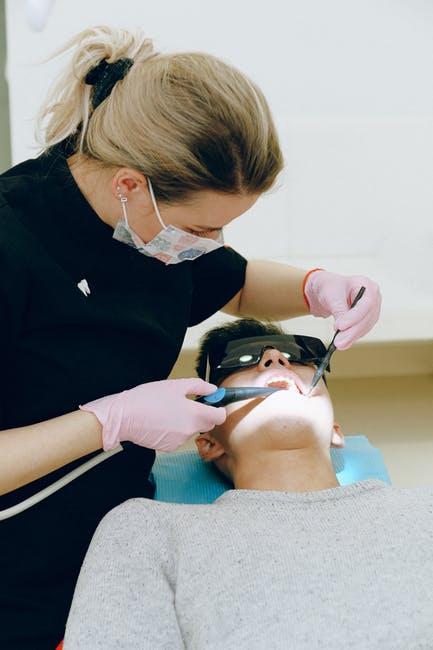Poor ergonomics in dentistry can be a pain in the neck — literally. In your practice, you know if an exam chair is broken or a sterilizer is on the fritz. What you may not realize is that unsafe ergonomics practices may be putting you — and your entire business — at risk. Here’s how to provide your patients with the best possible care while protecting your health, team, and practice.
Improve Ergonomics in Dentistry to Prevent Musculoskeletal Disorders
Although dentistry is a wellness-focused profession, too many dentists don’t prioritize their own health at work. As a result, according to a National Library of Medicine study, nearly 75% of dentists report experiencing musculoskeletal disorders (MSDs). Here are three ways to reduce your risk factors for injury at the office:
- Prevent carpal tunnel syndrome with proper breaks and positioning. The best defense against carpal tunnel syndrome (CTS) is taking regular breaks. In addition, if you’re using an auxiliary tool, like a mirror or suction device, your wrist should be as close to neutral as possible. Don’t forget to relax your grip! Using stress balls during breaks is helpful.
- Improve posture to minimize neck and shoulder tension. When seated properly, you should be able to rest one hand comfortably on your lap with the other on the patient’s mouth without excessively leaning forward or stretching backward.
- Support your elbows on armrests when performing procedures requiring fine motor movements for extended periods. For example, dental procedures like fillings or root canals can strain the wrists, neck, and back.
Need help spotting potential risks to prevent injuries?
Contact McClure Ergonomics Consulting today to get started on a safety checklist that covers ergonomics in dentistry.
Invest in the Right Equipment to Improve Ergonomics in Dental Hygiene
When you invest in quality equipment, you protect yourself, your time, and your practice. Here are five tools you already have in your practice that, when used optimally, will have a significant impact on ergonomics in dentistry:
- Dental exam chairs. Motorized chairs featuring a full range of motion can help you work in a more upright posture. This will reduce strain on your back, neck, shoulders, arms, and wrists.
- Dental loupes. Some manufacturers offer loupes custom-made to fit your body’s measurements, ensuring optimal posture, minimal neck strain, and maximum comfort.
- Saddle stools. An easy-to-operate saddle chair reduces lower back and neck strain, improves mobility, and distributes weight evenly across both legs and hips.
- Headlamps and headlights. You need the ability to aim and focus the light exactly where you want it. This can help reduce eyestrain and allow hands-free operation, reducing the risk of repetitive strain injuries.
- Dental handpieces. 46% of dentists suffer from musculoskeletal pain caused by dental instruments. The most common complaints include neck, back, and finger pain. Keeping your handpieces clean and lubricated can save both your practice and your hands. So, look out for unusual vibrations and stick to a regular maintenance schedule.
It’s Time to Invest in Better Ergonomics
Ergonomics in dentistry is no longer an option; it’s a requirement for a healthy practice. As you consider upgrades to increase safety and comfort in your office, know that McClure Ergonomics Consulting is here to help.


